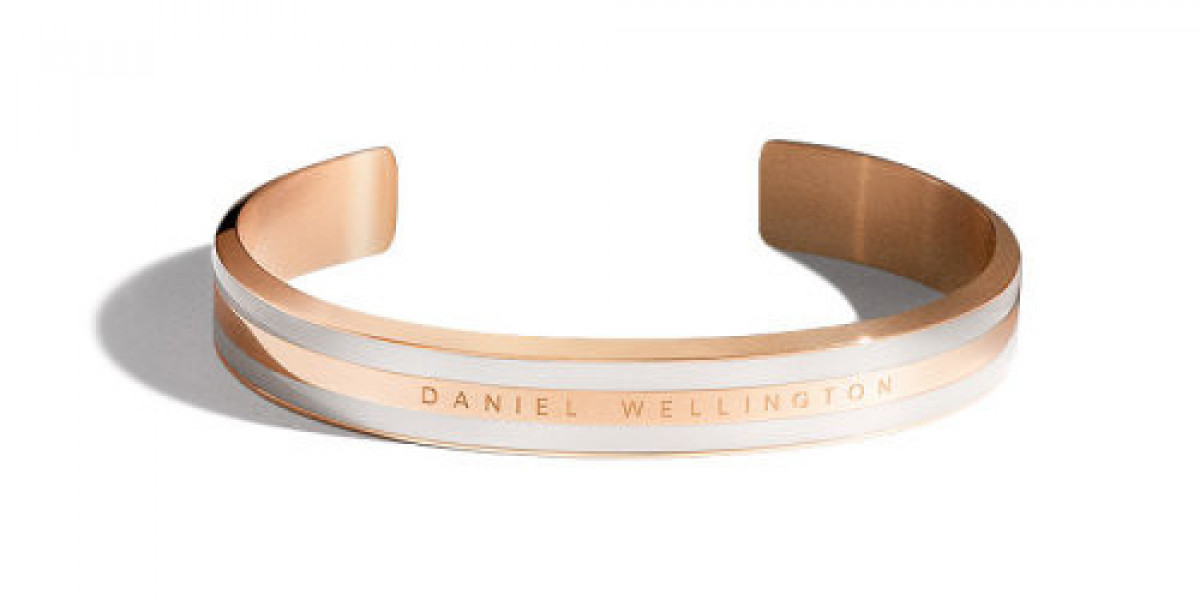The Reusable Water Bottle Market is undergoing a transformative shift as sustainability becomes a top priority for consumers and manufacturers alike. In response to growing environmental concerns and rising demand for eco-conscious products, companies are rethinking traditional manufacturing processes and embracing innovation to create reusable water bottles that are both functional and planet-friendly.
Sustainability as a Central Market Driver
Sustainability is no longer a niche preference—it's a mainstream expectation. Consumers are more informed than ever about the environmental impact of single-use plastics, and they’re actively seeking alternatives that align with their values. As a result, sustainable practices have become essential for brands aiming to thrive in the reusable water bottle industry.
This trend has pushed manufacturers to innovate, not just in the design and utility of the bottles but in how they are produced, packaged, and distributed. The shift is evident across the entire value chain, from raw material sourcing to end-of-life recyclability.
Innovations in Eco-Friendly Materials
Material innovation is at the forefront of sustainable manufacturing. Companies are moving beyond traditional plastic and exploring alternatives that are safer for the environment.
Recycled Plastics (rPET): Many brands are now using recycled polyethylene terephthalate (rPET) to reduce reliance on virgin plastic. This approach helps lower the carbon footprint and supports circular economy initiatives.
Bioplastics: Derived from renewable sources like corn starch or sugarcane, bioplastics are gaining attention as a biodegradable alternative to petroleum-based plastics.
Stainless Steel and Aluminum: These metals are not only durable and long-lasting but also highly recyclable. Manufacturers are improving the energy efficiency of metal processing to reduce emissions during production.
Glass: Though fragile, glass is a fully recyclable and non-toxic material that appeals to health-conscious and eco-aware consumers.
By offering a range of sustainable materials, brands can cater to different user preferences while maintaining their environmental commitment.
Energy-Efficient Manufacturing Techniques
In addition to material choices, innovations in energy use are redefining how reusable water bottles are produced. Modern manufacturing facilities are incorporating renewable energy sources such as solar and wind power to minimize carbon emissions.
Processes such as injection molding with reduced cycle times, cold-forming for metals, and low-energy sintering are becoming more common. These methods cut down on energy consumption and operational waste, aligning manufacturing with global sustainability goals.
Additionally, closed-loop systems are being introduced in factories to reuse water and raw material waste, further reducing the environmental impact.
Waste Reduction and Circular Economy Integration
Manufacturers are also investing in waste management practices that support a circular economy. This includes:
Designing products for disassembly and recyclability, making it easier for consumers to recycle at the end of a bottle’s life cycle.
Offering take-back or recycling programs, where consumers can return old bottles for refurbishment or repurposing.
Collaborating with waste recovery organizations to ensure responsible disposal and repurposing of manufacturing by-products.
These strategies not only reduce landfill waste but also boost brand image as companies demonstrate their environmental responsibility.
Sustainable Packaging and Logistics
Eco-conscious innovation doesn’t stop with the product itself—it extends to how the product is packaged and delivered.
Minimalist Packaging: Brands are moving toward minimal, plastic-free packaging made from recycled or compostable materials. This reduces waste and reinforces a brand’s commitment to sustainability.
Carbon-Neutral Shipping: Manufacturers are working with logistics providers to offset emissions through carbon credits or using electric delivery vehicles.
Local Sourcing and Manufacturing: By producing bottles closer to key markets, companies reduce transportation-related emissions and support local economies.
Consumer Demand as a Catalyst for Change
Modern consumers are actively seeking brands that align with their sustainability values. They are more likely to support businesses that are transparent about their environmental practices. This demand for transparency and accountability is accelerating innovation in manufacturing processes.
Manufacturers are increasingly sharing sustainability reports, using eco-labeling, and engaging in certification programs such as B Corp, Fair Trade, or ISO 14001 to validate their efforts.
Regulatory Pressures and Industry Standards
Governments and international bodies are implementing stricter environmental regulations that compel manufacturers to adapt. Restrictions on single-use plastics, extended producer responsibility (EPR) laws, and incentives for green manufacturing are shaping the direction of the reusable water bottle market.
Brands that anticipate and exceed these regulatory expectations will not only avoid penalties but also gain competitive advantages and consumer trust.
Looking Ahead: The Future of Sustainable Manufacturing
The future of the Reusable Water Bottle Market lies in continued sustainability innovation. Emerging technologies like 3D printing using recycled materials, blockchain for supply chain transparency, and smart tracking of lifecycle emissions are on the horizon.
Additionally, as environmental awareness grows, so will consumer expectations. Brands that fail to evolve risk losing relevance in a market where eco-friendliness is no longer optional—it’s essential.
Conclusion
The Reusable Water Bottle Market is a prime example of how sustainability trends are reshaping manufacturing practices. From material sourcing and energy usage to packaging and waste reduction, innovation driven by eco-conscious demand is steering the industry toward a greener future.
By adopting sustainable manufacturing processes, companies not only reduce their environmental impact but also meet the evolving preferences of a global customer base committed to healthier lifestyles and a cleaner planet.









